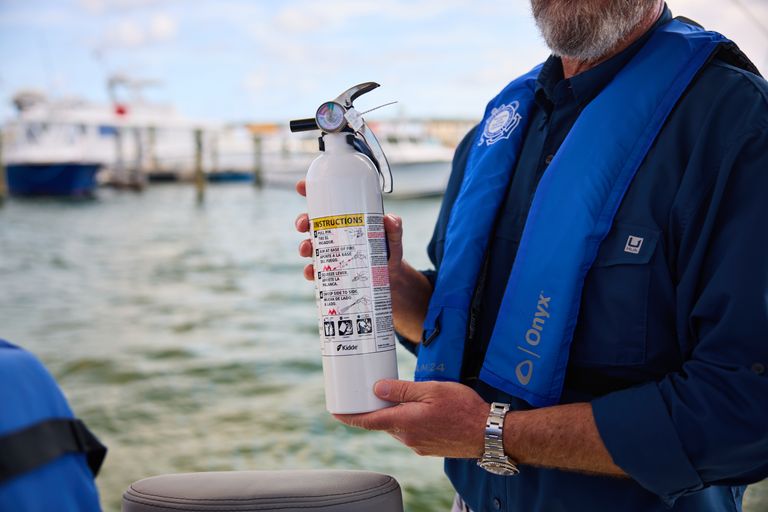7 Hypothermia Symptoms To Watch For (and What To Do)

If you're boating in colder weather, you have some increased risks to watch out for, and that's also true of your crew and passengers. The air and water temperatures are colder; if someone falls overboard, they could end up with cold water immersion issues such as hypothermia.
Recognizing hypothermia symptoms could help you save a life if someone falls into cold water, so it's essential to understand what to watch out for. Naturally, you also want to get them out of the water as quickly as possible, but that isn't always enough to stop hypothermia from happening.
Here are seven of the most prominent hypothermia symptoms to look for and what you should do if you notice them.
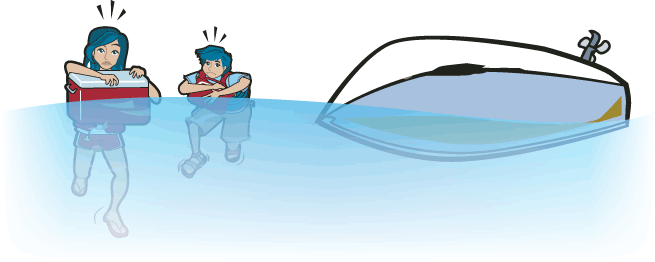
1. Shivering
If you see someone who's shivering involuntarily after being pulled from the water, that's one of the most obvious and earliest symptoms of hypothermia.
You should move that person to a warm environment, provide them with dry clothing, and give them something warm to drink — but don't give them alcohol. Then, take them for medical treatment.
2. Slurred Speech or Mumbling
Mumbling when trying to talk or having slow or slurred speech is another red flag for hypothermia. That's because the cold reduces the body's ability to function correctly.
The person's lips might feel numb, and they could have trouble thinking clearly. Encourage them to speak slowly and keep them awake. Also, get them to a warmer location as quickly as possible to return to a healthier body temperature.
3. Slow, Shallow Breathing
As hypothermia progresses, a person's breathing might become slower and shallower. This becomes a serious issue, and monitoring their breathing closely is essential.
If the person's breathing becomes very slow or irregular, seek emergency medical assistance. If they don't get help for hypothermia at this stage, there's a risk that they could stop breathing.

4. Weak Pulse
When someone has hypothermia symptoms, their pulse could become weak, slow, and hard to detect.
If you notice a slowing pulse or one that stays weak even after being pulled from the water, keep them warm and reduce the strain on their heart. Seeking medical attention as quickly as possible is also very important.
5. Clumsiness or Lack of Coordination
Pay attention to how a person with potential hypothermia handles basic tasks.
If they're having difficulty walking, fumbling when trying to pick something up or carry it, or have a general lack of coordination, the cold can affect their muscle control. Move them to a warm area and change them into dry, warm clothes to reduce their risks and help them feel better again.
6. Confusion or Memory Loss
Someone with hypothermia may seem disoriented or confused. They could also have trouble remembering recent events.
If you notice these issues, keep them talking and engaged to prevent them from falling asleep. You can also provide them with reassurance and support, along with warmth, through dry clothing, blankets, or a warmer environment.
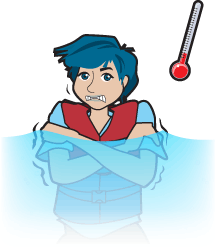
7. Drowsiness of Exhaustion
Someone who's fallen into cold water can feel unusually tired, and they may want to lie down and sleep. It's essential to prevent them from sleeping, and you must keep them awake and moving if possible.
Help them warm up gradually, and be sure to seek medical attention for them as quickly as you can.
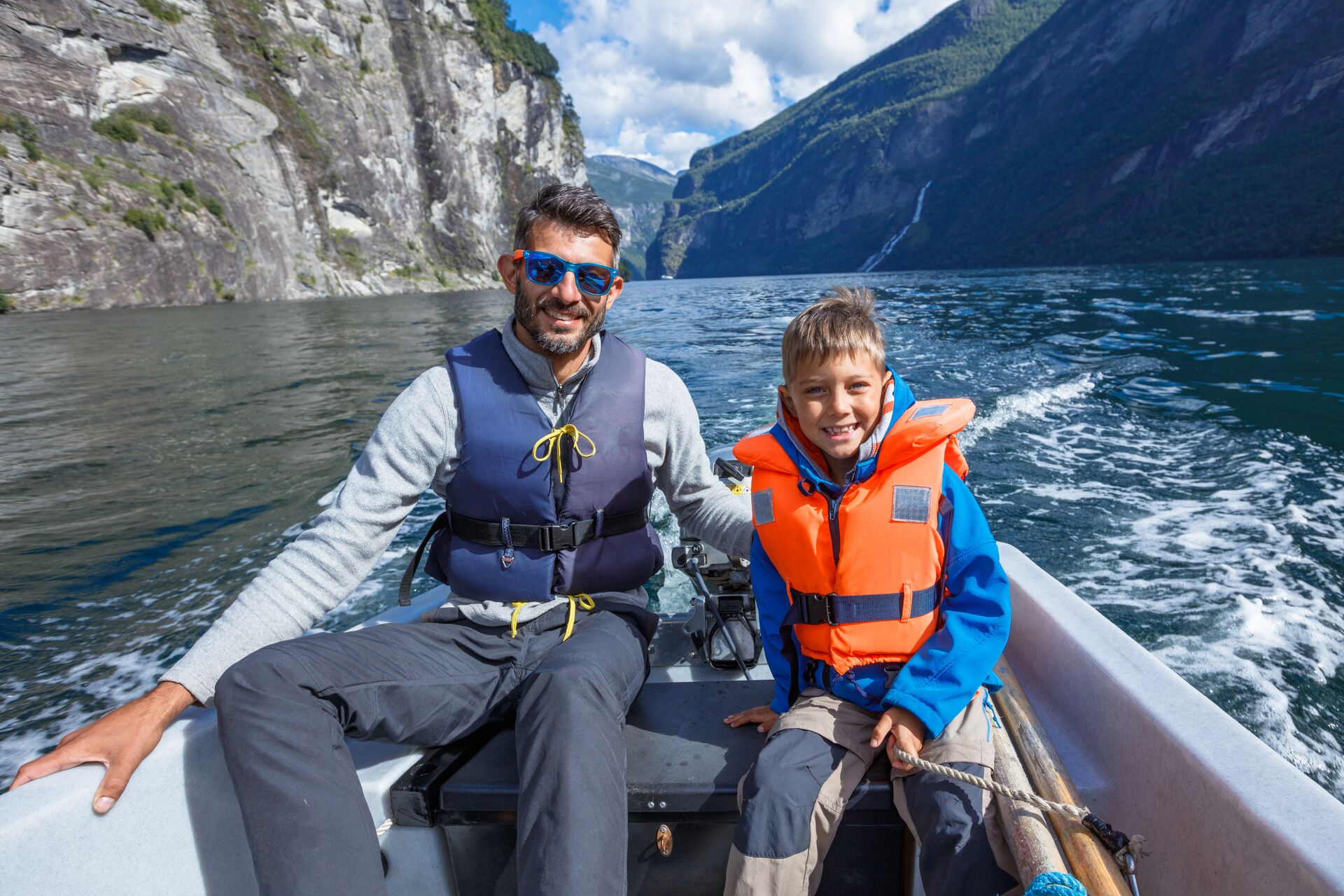
How to Handle Hypothermia Symptoms
While the main thing to consider when someone has hypothermia is getting medical attention, there are also some crucial tips you can focus on until medical help arrives or you can get them back to shore.
- First, focus on warming the person's core. That means you want to warm up the center of their body, such as their chest, neck, head, and groin, before focusing on the extremities. Arms and legs can be cold for longer with less damage, so the core should be the focus.
- Second, avoid direct heat. While it can be tempting to try to warm someone up fast, you could cause them to go into shock. To reduce the shock risk, don't apply anything like hot water or heating pads.
- Third, keep the person dry. Remove any wet clothing they're wearing, as that will keep them colder. Instead, give them warm, dry clothing to wear in its place. If you don't have other clothing, you can also wrap them in warm blankets.
- Additionally, insulate them as much as possible to help them retain all the body heat they can hang onto. You can do that through blankets, sleeping bags, or any available insulation you can wrap around them. The goal is to help them generate body heat and keep it against their skin so they can warm up quickly and safely.
- Lastly, seek medical attention for anyone who has the symptoms of hypothermia. You should always seek professional medical help as quickly as possible, even if the symptoms seem to get better on their own.
Getting checked out after falling into cold water is essential, and it's much better to be safe than sorry.
The Water Doesn't Have to Be Freezing
Remember: Hypothermia can happen at various water temperatures.
The water doesn't have to be extremely cold for symptoms to start. So, always keep an eye on anyone who falls into the water and watch for the symptoms we mentioned today.
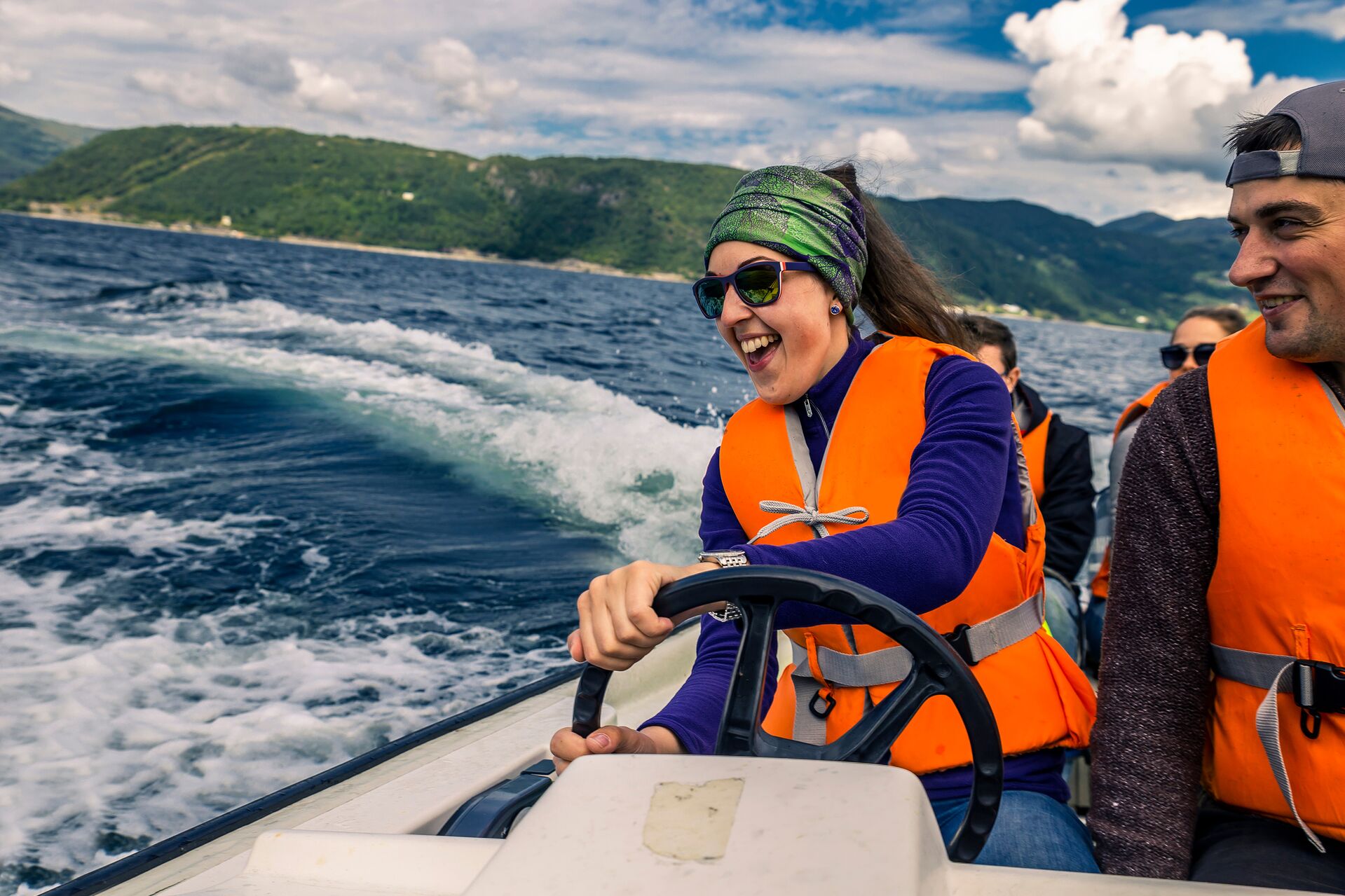
Learn More About Water Safety With a Boater Education Course
While understanding how to recognize hypothermia symptoms and the best ways to help anyone who might be suffering from this condition is important, it's only part of understanding how to boat safely!
To be fully prepared to operate watercraft safely and avoid potential issues, take a boater education course to be prepared for any situation on the water. An online boating safety course through BOATERexam teaches you important ways to care for yourself, your passengers, and your boat so you can be as safe as possible and have a great time with your boat.
If you boat in Canada, take our course for Canadians. For boaters in the U.S., choose the course for your state and boat safely! Our online courses meet government requirements for boater education. Plus, they're fun and engaging, making learning a breeze!


